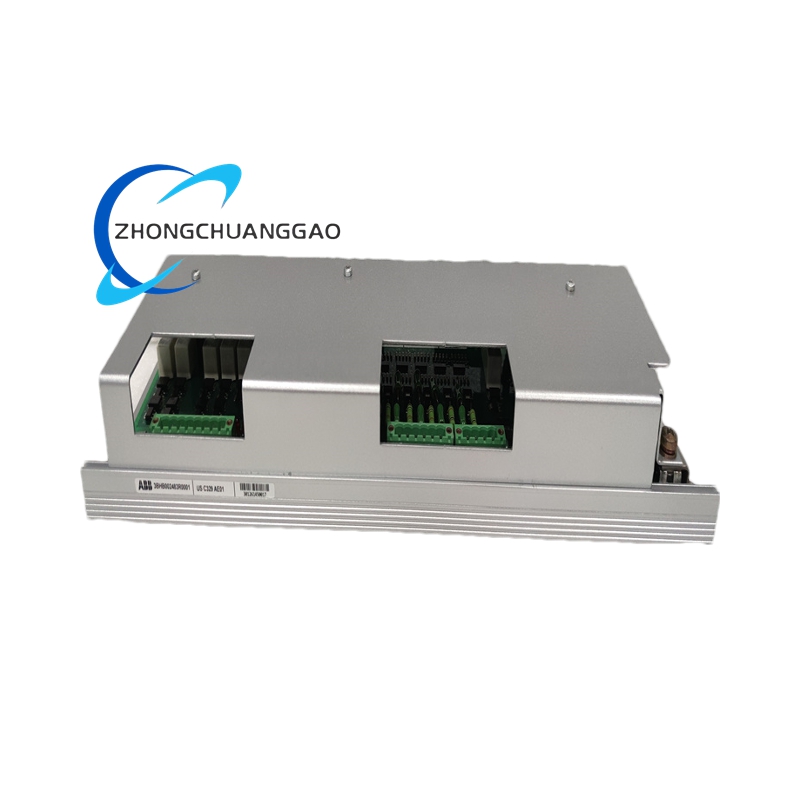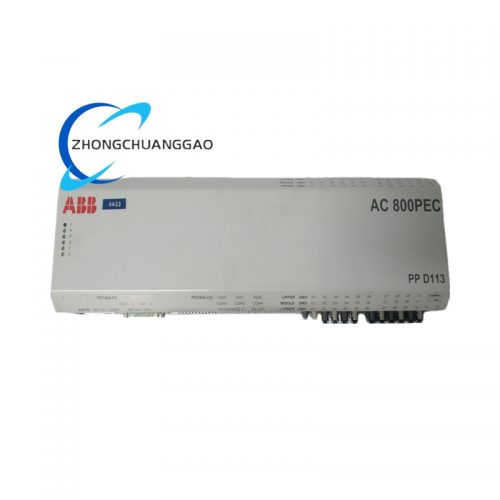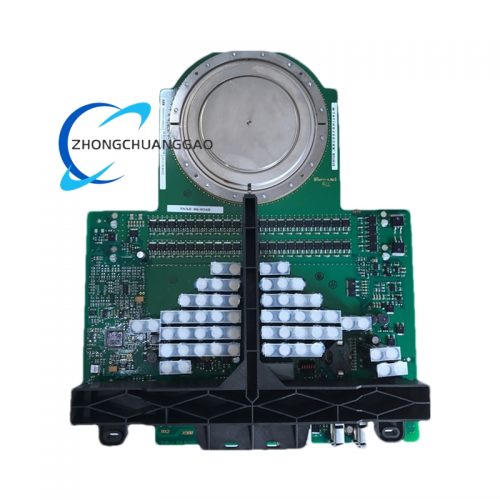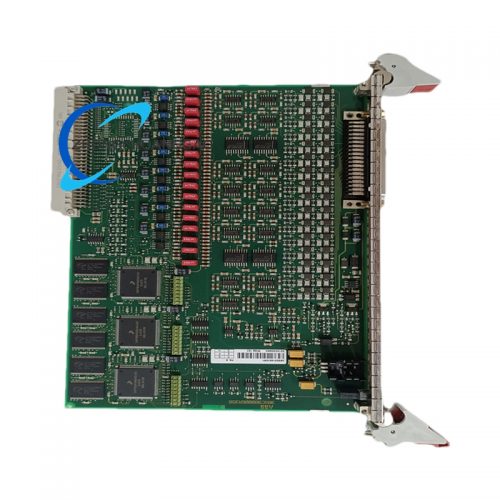Product Short Description
- Processor: Intel Celeron-M microprocessor
- Memory: 64 MB non-volatile flash memory complemented by 64 MB battery-backed random-access memory (RAM)
- Serial Ports: Two independent serial ports for communication with other devices or systems
- Communication Interfaces: Supports Ethernet, RS-485, and RS-232 protocols for seamless integration into industrial networks
- Operating Temperature: -20°C to 70°C, suitable for harsh industrial environments
- Storage Temperature: -40°C to 85°C, ensuring durability during transportation and long-term storage
- Power Supply: 220V AC with a power rating of 500W and a frequency of 50Hz
- Dimensions: Compact design with a height of 74mm, facilitating easy installation in control cabinets
- Protection Rating: IP45, providing resistance against dust and water ingress
Description
Functional Features
- Programmability: The module supports user-defined programming, allowing engineers to customize control logic according to specific application requirements.
- Data Acquisition and Processing: Capable of real-time data collection from field devices such as sensors and actuators, with processing capabilities to execute control actions based on predefined logic.
- Communication Capabilities: Equipped with multiple communication interfaces, enabling seamless data exchange with other control system components or upper-level management systems.
- Self-Diagnostics and Fault Detection: The module continuously monitors its operational status and can detect and report abnormalities, facilitating prompt maintenance and reducing downtime.

- Redundancy Design: In critical applications, the module can be configured in redundant setups to enhance system reliability and availability.
- Environmental Adaptability: Designed to withstand electromagnetic interference, high temperatures, low temperatures, and humidity, ensuring stable operation in demanding industrial settings.
- Scalability: The module supports expansion through additional cards or modules, allowing for flexible system upgrades as process requirements evolve.
Application Scenarios
- Power Generation: Used in electrical control systems (ECS) for generators, transformers, and auxiliary power sources to monitor and control electrical parameters, ensuring safe and efficient operation.
- Chemical Processing: Monitors and controls process variables such as temperature, pressure, and flow rates in chemical reactors and distillation columns, optimizing production efficiency and product quality.
- Steel Manufacturing: Controls blast furnace operations, rolling mills, and other critical equipment, enhancing production stability and reducing energy consumption.
- Water Treatment: Manages water treatment processes, including monitoring water quality, controlling pump operations, and optimizing chemical dosing, ensuring compliance with environmental standards.
- Building Automation: Integrates with building management systems to control HVAC, lighting, and security systems, improving energy efficiency and occupant comfort.




Reviews
There are no reviews yet.